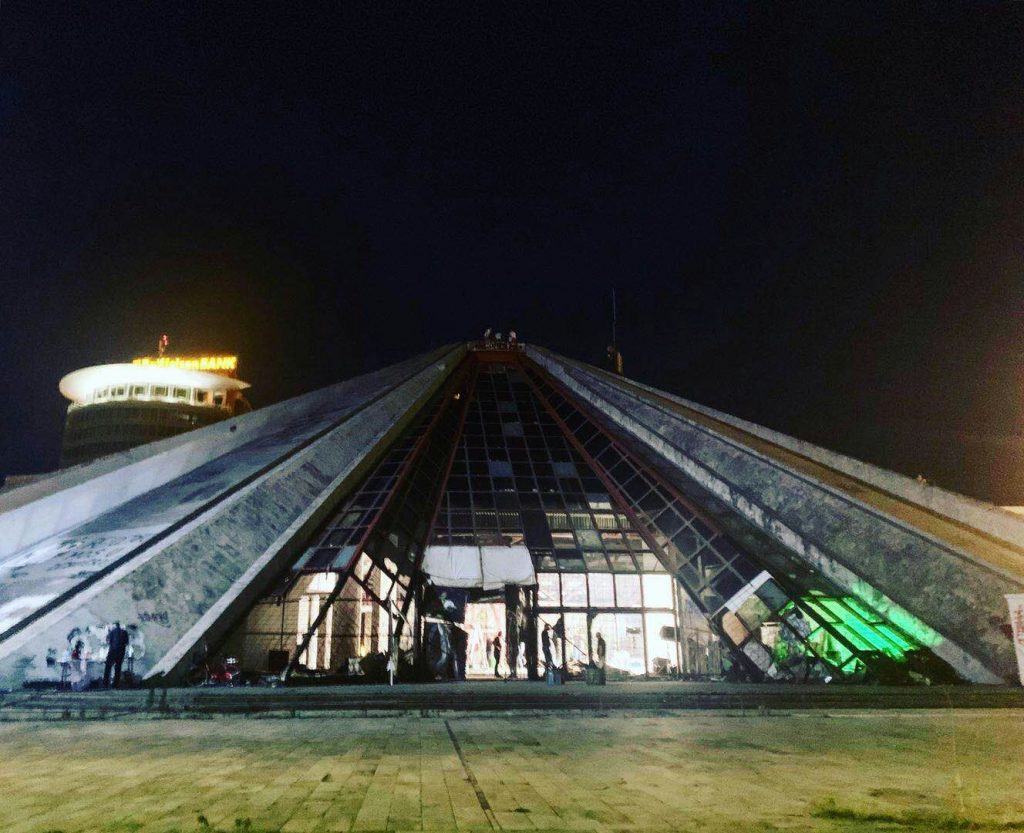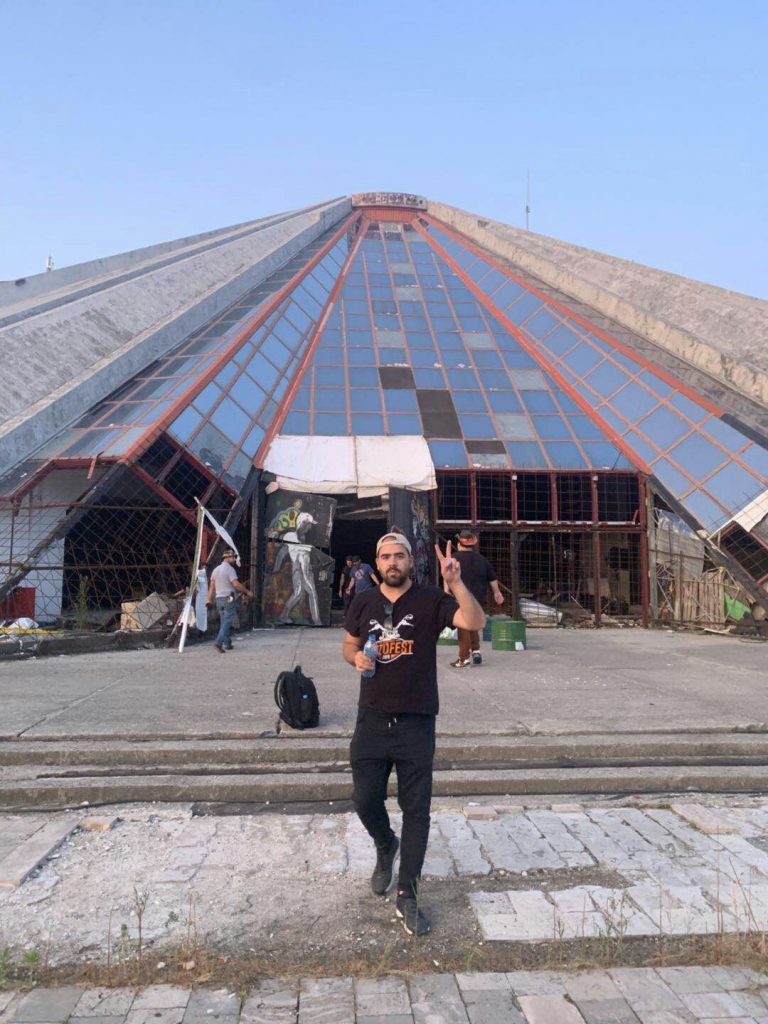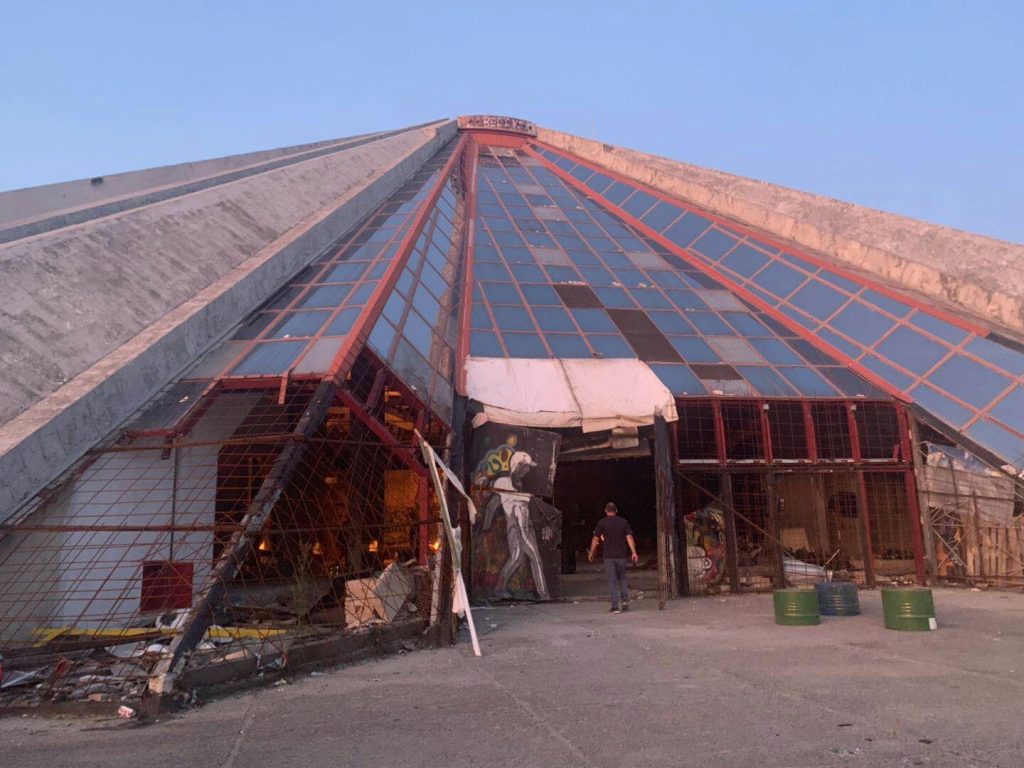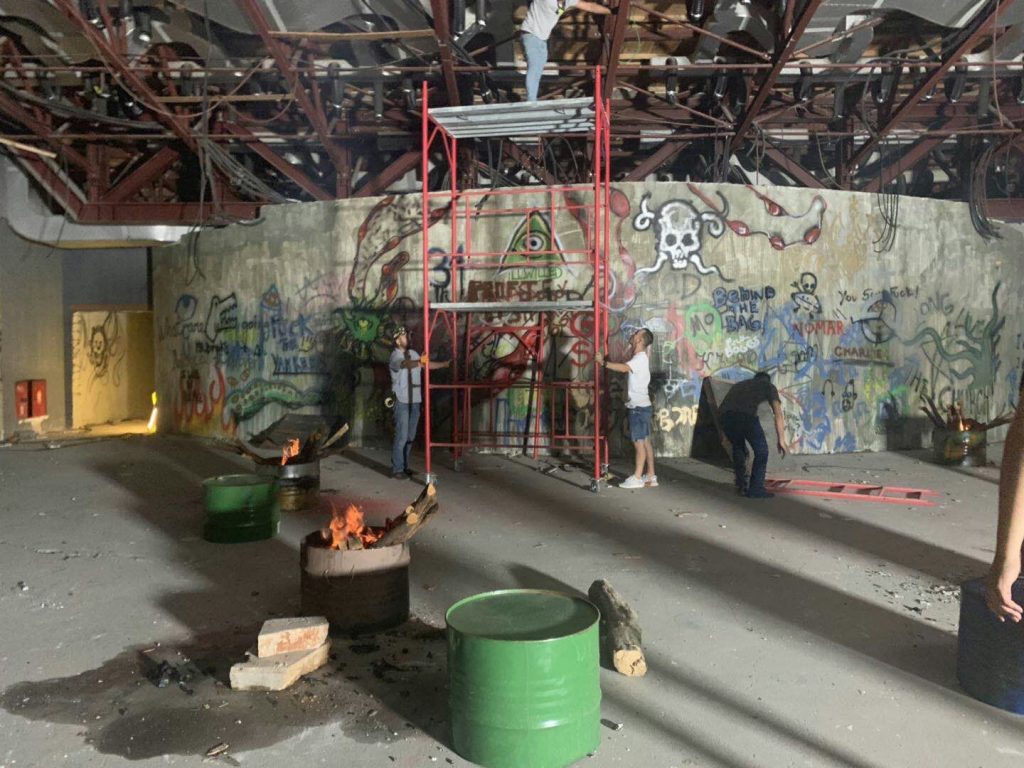Tirana is a quirky little place and without a doubt, a YPT favourite, and one which we visit at least twice a year on our Balkan Badlands tour, and of course the ever-iconic Eurasian Adventure Tour.
There’s a lot of things that make Tirana a weirdly interesting place and a lot of it stems from the reign of the isolationist regime of Enver Hoxha and co. There’s the Chinese inspired communist art in Skanderberg square, Hoxha’s nuclear shelter, the bunkers literally everywhere, and of course the iconic Pyramid of Tirana.

But for what reason was the Tirana Pyramid built? What is inside? And what does the future hold? A few days ago we were given a few answers to some of these questions!

The structure was originally opened in 1988, three years after the death of Enver Hoxha, and was (partly at least) designed by his architect daughter Pranvera Hoxha and her husband Vladimir Bregu, and originally served as a museum to the life and legacy of the founder of Socialist Albania.

At the time of its construction, it was said to be the most expensive building built in Albania up until that time, a mean feat considering how isolated and impoverished the country was at the time. Some have made comparisons of its legacy with that of the iconic Ryugyong Hotel in Pyongyang.
Alas, things were changing it was the old Eastern Block, and as the Iron Curtain fell and Albania slept-walked into capitalism, a museum celebrating its former totalitarian leader was not considered the done thing. The Tirana Pyramid became empty.
During subsequent years its history has been eclectic, to say the least with it serving as a conference centre, TV Station, and even a NATO base during the war with Kosovo.
It has also seen itself as a part of youth rebellion with graffiti and climbing to the top of the Pyramid being a bit of a rite of passage.
Nowadays almost no one gets inside due to vandalism and its scale of dilapidation, but we were lucky enough to be filming in Tirana with Pioneer Media, when we got the chance to not only go inside the Pyramid but also “decorate” it for the scenes we would be filming.


The inside of the Pyramid had a strange 80’s feel to it, and despite the graffiti we had put in there as well as the fires, I could truly imagine it during its 80’s heyday being the wonder of Tirana.
But alas history had other plans, and as I said talking to one of the lead American actors, we contemplated how weird it was to be filming an American movie, in the museum to the most Anti-American, Anti-Capitalist communist that ever walked the earth, in what was the most closed country on earth.
I’m tempted to visit the grave of Mr. Hoxha again, merely to see if he is turning in it!





